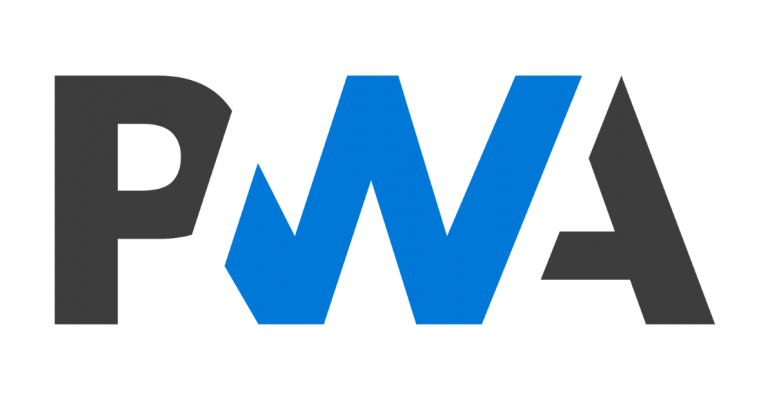Benefits of Progressive Web Apps (PWA)

Benefits of Progressive Web Apps (PWA)
What is a Progressive Web App?
A Progressive Web App (PWA) is a type of application delivered through the web and built with the help of popular web technologies such as React. PWA combines brand-new web development tools with battle-tested practices for creating accessible and captivating experiences for users. Progressive Web Apps are on the rise because they offer a native-like experience without the effort and cost that comes with building native mobile applications.
Disadvantages of traditional web/mobile apps
Many companies find that developing, testing, and maintaining applications for several platforms is too expensive. Especially if the apps in question are built for internal use to boost the company processes. According to some analysis, 20% of companies will abandon their native mobile apps. Instead, they are most likely to invest in Progressive Web Apps.
Here are a few more reasons why PWA offer such an excellent alternative to traditional web and mobile applications:
Development cost – Companies choose web or hybrid apps instead of native applications primarily because the latter are much more costly to build. By developing a web app like PWA, you can build one application that works well on all platforms your target audience uses. You don’t need to build and maintain two development teams with different skill sets.
Distribution effort – Building a web application instead of a native one means that you don’t need to worry about distributing binaries and maintaining backward compatibility in your service APIs. You simply have one version of the application.
Friction and poor conversion – Native and hybrid applications are distributed through centralized application stores like the Google Play Store or Apple App Store. To install your application on their mobile devices, users will first need to find it in the store. And if your app isn’t part of the top 20 in your category, this will be difficult. Another option is creating a landing page on the web to convince users to download your app. But accomplishing that takes a lot of effort and creates friction in the user experience as users need to go through all the steps like finding your app, pressing the ‘Install’ button, accepting permission checks, authenticating, and then waiting for the download. Each step decreases the conversion rate by 20%. A Progressive Web App is much more accessible – a user can find it online or receive a link to it, and it’s done, they can start using your app instantly.
Progressive web apps benefits:
1. Reduced cost
Developing, testing, and maintaining a PWA involves a fraction of the cost of building native applications. Companies don’t need to hire two development teams and deal with issues such as distributing binaries and updates.
2. Focus on quality
Progressive Web Applications allow companies to concentrate all their resources on building one amazing application instead of spreading them across two or more platforms.
3. Excellent user experience (UX)
For most business applications, PWA will offer a great user experience, which is comparable to native applications. Also, by focusing all the effort into building one app, companies can deliver better UX.
4. Reliable like native apps
PWA will launch offer users content regardless of the network connection. The level of offered functionality depends on the application, but it’s possible to build PWAs that function completely offline.
5. Responsiveness
Progressive Web Applications adapt to different screen sizes and orientations, ensuring a great experience for all users. Responsive design is essential for boosting user engagement and conversion rates of digital products, and PWA can address this requirement.
6. Security
PWA is a highly secure technology because it requires apps to be served over HTTPS to work.
Are Progressive Web Apps the future of web development?
Web developers are on a quest to find a responsive web design approach that allows displaying the website on mobile devices seamlessly, without having to maintain a mobile-specific version of that website. However, responsive web design often fails to meet the expectations of users who access content from different mobile devices that come with different window or screen sizes. So far, responsive web design couldn’t use progressive improvement to deliver native features to apps accessed on any device. PWA makes that possible with the help of services workers that offer a rich collection of design considerations together with responsiveness.
PWAs are the future of web development because of the progressive app framework:
- Offers a smart method for dealing with change,
- Enables push notifications that increase user engagement,
- Can work online and offline (as well as other states, like network problems),
- Can be made accessible easily.
Here’s what the market looks like today for PWA – all Android devices are PWA-compatible. Microsoft is building its next-generation apps such as Outlook and Teams as PWA. Apple has implemented support for PWA in Safari 11.1 and iOS 11.3.



